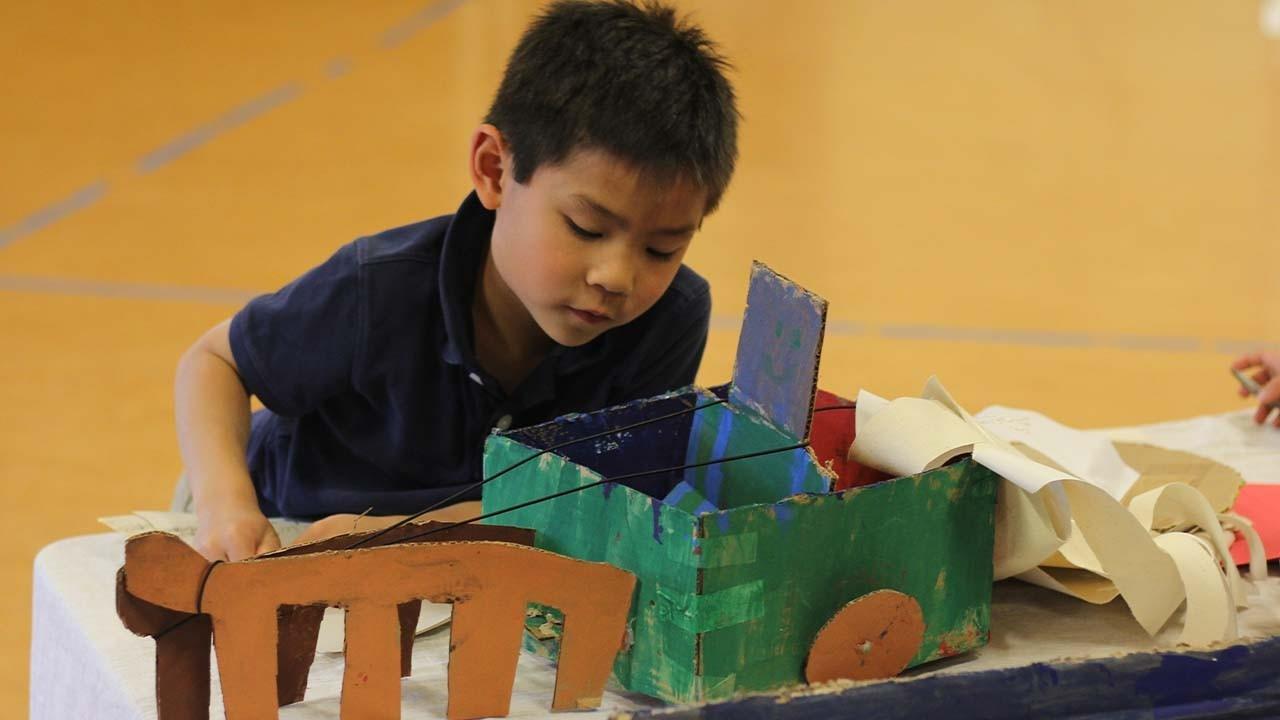
Ancient Civilizations and the Second Plane Child
Apr 22, 2021Children in the second plane of development (ages 6-12) are drawn to learning the why of the world. The story of the human being is a story of how people have fulfilled their fundamental human needs, both physical and spiritual. A big part of the Montessori curriculum for history is the ways in which groups of people have fulfilled those needs. All people, from the very first human beings right up to us, have had the same basic fundamental needs. It is through that understanding that we and the children can come to comprehend the unity of human existence. We can see the commonality of all people. We can begin to understand the territories, both physical and spiritual, that human beings have built up over time. These fundamental needs then connect history to all other areas in the classroom, including biology, geography, mathematics, and language.
In the Lower Elementary classroom (ages 6-9) a big favorite is the study of Ancient Civilizations. Because children are in this classroom for a three year cycle they rotate between Greece, Rome and Egypt. This way the information is new although the lesson is the same. Doing the research, often in teams, writing reports and producing visuals to enhance their work, and then the culmination of the festival where they get to present it to the community, really ingrains this learning experience.
From here they can study any topic of interest and have a good roadmap for the process. It fulfills the second plane child's need to know why as it builds the skills needed to learn, well, basically anything!




